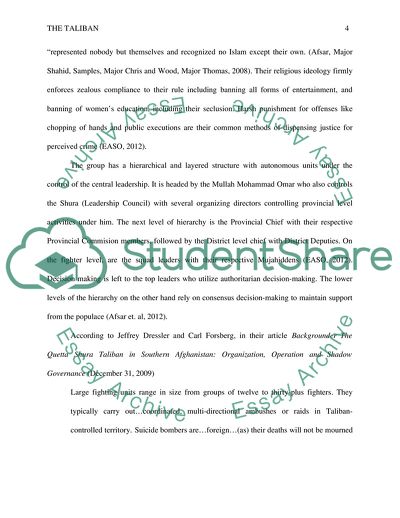Cite this document
(The Taliban and Current Homeland Security Policies Towards Terrorism Essay Example | Topics and Well Written Essays - 2500 words - 1, n.d.)
The Taliban and Current Homeland Security Policies Towards Terrorism Essay Example | Topics and Well Written Essays - 2500 words - 1. https://studentshare.org/history/1789106-the-taliban
The Taliban and Current Homeland Security Policies Towards Terrorism Essay Example | Topics and Well Written Essays - 2500 words - 1. https://studentshare.org/history/1789106-the-taliban
(The Taliban and Current Homeland Security Policies Towards Terrorism Essay Example | Topics and Well Written Essays - 2500 Words - 1)
The Taliban and Current Homeland Security Policies Towards Terrorism Essay Example | Topics and Well Written Essays - 2500 Words - 1. https://studentshare.org/history/1789106-the-taliban.
The Taliban and Current Homeland Security Policies Towards Terrorism Essay Example | Topics and Well Written Essays - 2500 Words - 1. https://studentshare.org/history/1789106-the-taliban.
“The Taliban and Current Homeland Security Policies Towards Terrorism Essay Example | Topics and Well Written Essays - 2500 Words - 1”. https://studentshare.org/history/1789106-the-taliban.


